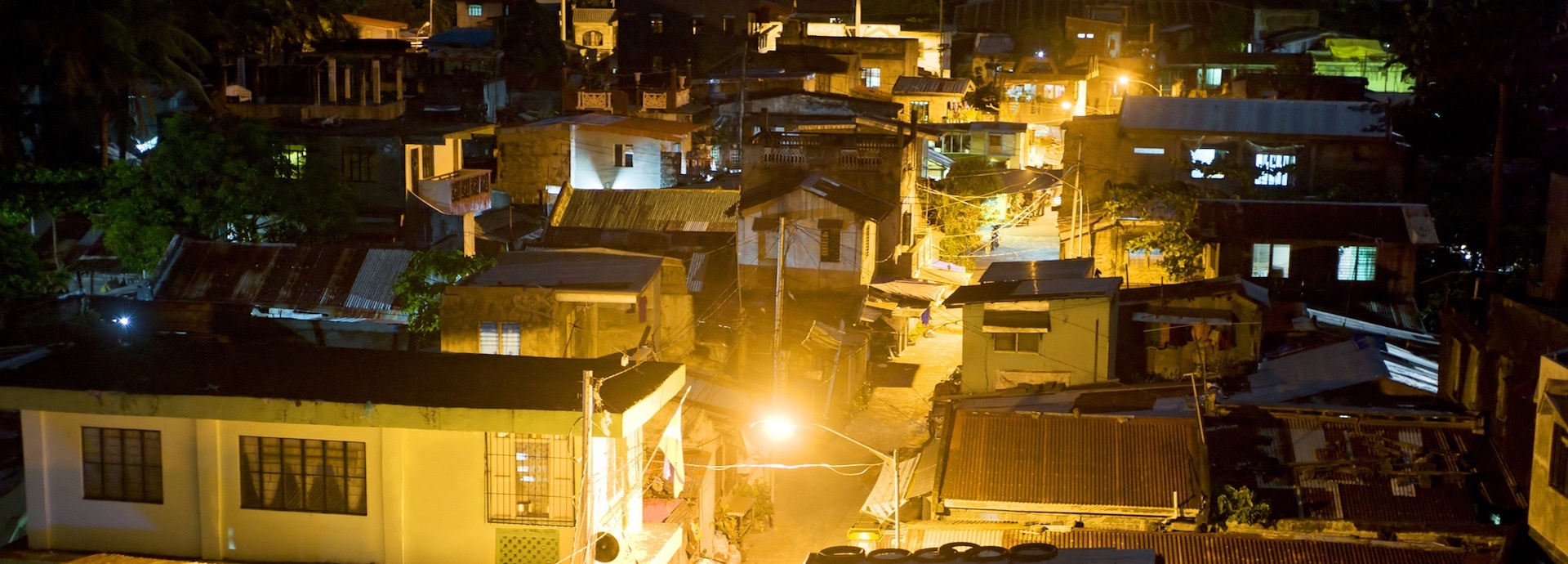

Renewable energy has been growing steadily globally over the past few years. Thanks to public subsidies and decreasing production costs, wind and solar have become the cheapest way to generate electricity in many parts of the world. In 2021, global additions to the annual renewable capacity broke a new record and increased by 6%, accounting for around 85% of the world’s new nominal capacity fed into the grids.
However, the pace of development in renewables differs significantly among countries, with clean power generation currently highly concentrated in advanced economies. According to BloombergNEF, Germany, Japan, the UK and the US, which comprise 7% of the world’s population, shared more than a quarter of all the wind and solar capacity added in 2021. Together with China, the four countries are also home to around two-thirds of the world’s solar and wind power generation installations.
This development discrepancy is intriguing, especially considering that many emerging nations possess more solar and wind energy generation potential than developed countries. Indonesia, for example, stands among those nations with the most significant solar potential in the world. Yet in 2021, its solar capacity was less than one-seventh of Denmark, which has 45% less solar potential and 47 times less population.
On the other hand, emerging countries need new power sources to meet their rapidly growing electricity demand and ensure energy access for all its citizens.
Intentions are good, but progress is slow, and there is a clear mismatch between capital supply and demand for developing countries and the off-grid solar sector.
A lack of funds
Why is clean power distribution not following the actual potential and needs? Investment shortage is one of the major causes. An International Energy Agency (IEA) report points out that with two-thirds of the world’s population, developing and emerging economies only received one-fifth of investment in clean energy in 2021. It estimates that to reach net-zero emissions by 2050, clean energy investment in these economies must expand more than seven times from its current USD 150 billion level to over USD 1 trillion.
More financing is also needed to achieve the United Nation’s sustainable development goal of ensuring universal access to clean and affordable energy. Due to the economic impact of COVID-19, the number of people living without electricity around the world is estimated to increase for the first time in over 20 years and reach nearly 775 million
According to the Global Off-Grid Lighting Association (GOGLA), a projected investment of USD 25 billion is still required to eliminate energy poverty worldwide. In contrast, over the past decade, only USD 2.5 billion was invested in off-grid solar, the most effective clean energy method to supply power in remote areas.
“COVID-19 supply chain disruptions resulted in higher procurement costs and longer lead times, while customers’ spending ability was depleted due to high inflation on first necessity products,” says Laura Fortes, Senior Project Manager, Access to Finance at GOGLA. “The effects of these challenges are compounding on some off-grid solar energy companies’ performances and liquidity, making it more difficult to raise funds needed to navigate these periods.”
Challenges of attracting investment
Besides the economic challenges brought by COVID-19 and the ongoing global recession, emerging nations face structural obstacles when attracting clean energy investment.
Unlike traditional fossil fuel power plants, the upfront payment that wind turbines and solar panels require accounts for a much higher percentage of lifetime costs, which makes renewable power highly influenced by the interest rate on the initial funds. Without generous subsidies and friendly financial policies, capital in emerging markets is far more expensive than in advanced economies, resulting in up to seven times higher nominal financing costs, according to the IEA.
We still need to see the finance pledges flowing to where financing is needed.
On top of that, it is more challenging to establish sustainable renewable energy business models in emerging countries due to limitations ranging from poor power network infrastructure and low return on investment to uncertainties in policy and regulatory frameworks.
“Unaffordability, unmet energy needs, low demand for electricity, lack of finance, business models that are unfamiliar to customers, and market immaturity are the common challenges to energy access in Africa,” note the authors of a 2022 paper on business models for access to affordable and clean energy in African countries.
Time to make changes
New initiatives have been launched to promote clean energy investment in emerging countries across the public and private sectors. Countries like Saudi Arabia and Nigeria have rolled out large-scale renewable projects through government support. At a global level, more funds from climate investing ventures are being allocated to renewable power projects in emerging markets, and there has been an increase in sustainable funding schemes being created to overcome the financing challenges.
It still needs to be seen whether the increasing effort to reduce the financing gap is enough to produce substantial and timely outcomes. At the COP27 climate change summit in late 2022, pledges were made by developed country parties to provide climate finance to emerging economies. However, the goal of jointly mobilising USD 100 billion annually by 2020 has yet to be met.
“We still need to see the finance pledges flowing to where financing is needed,” notes GOGLA’s Fortes. “Intentions are good, but progress is slow, and there is a clear mismatch between capital supply and demand for developing countries and the off-grid solar sector.”
Did you like this? Subscribe to Insights updates!
Once every six weeks, you will get the top picks – the latest and the greatest pieces – from this Insights channel by email.


